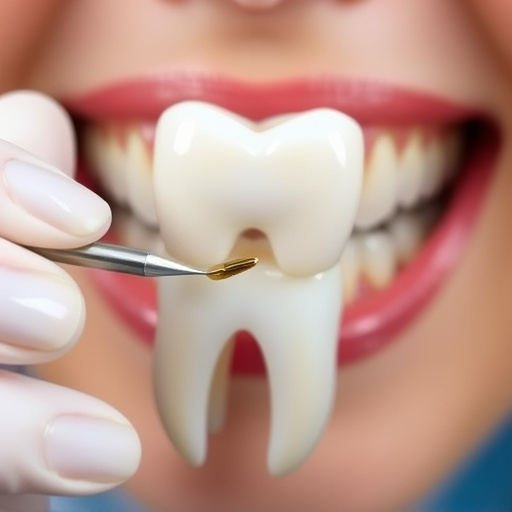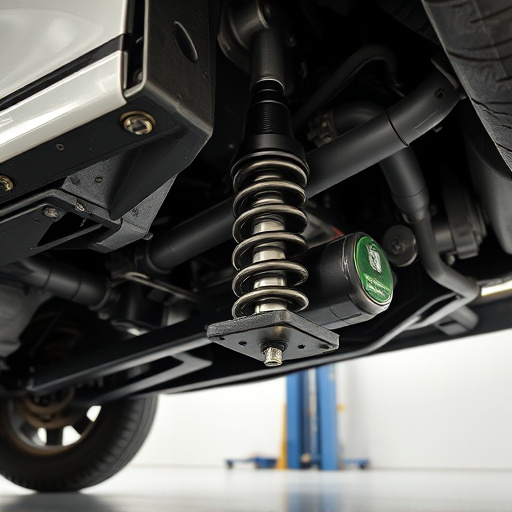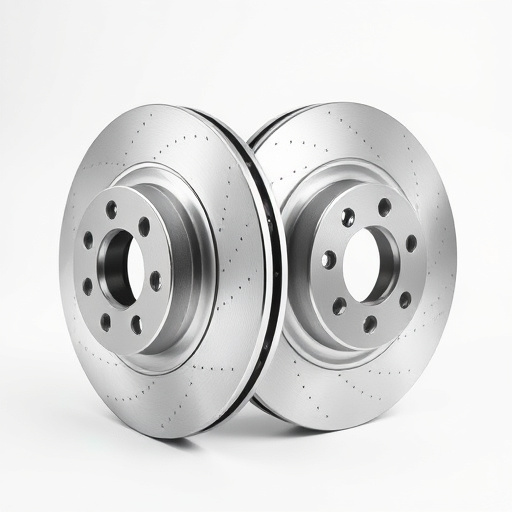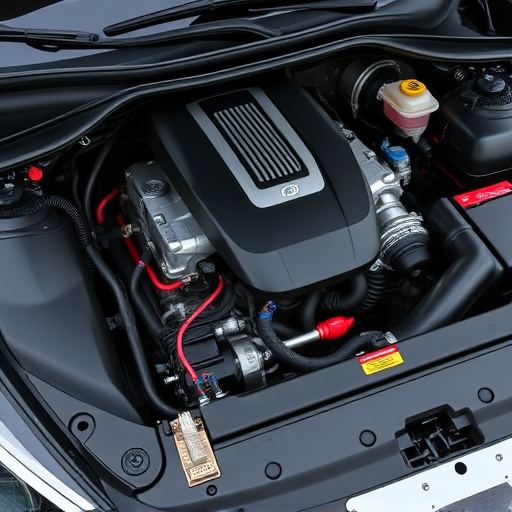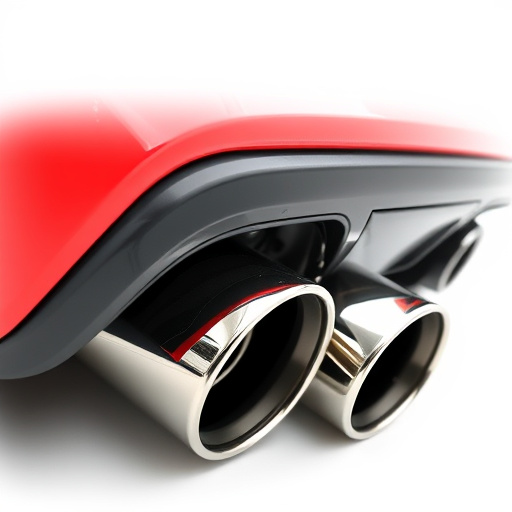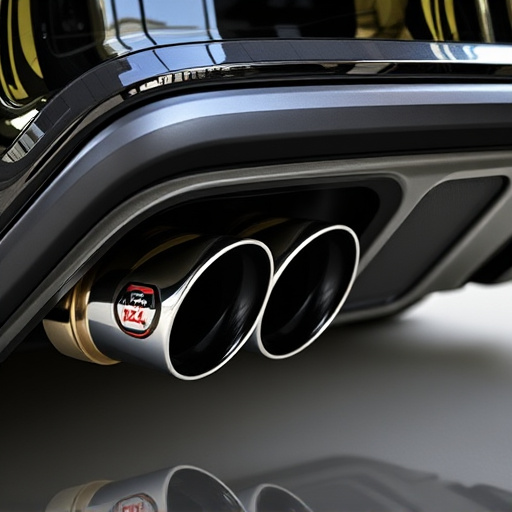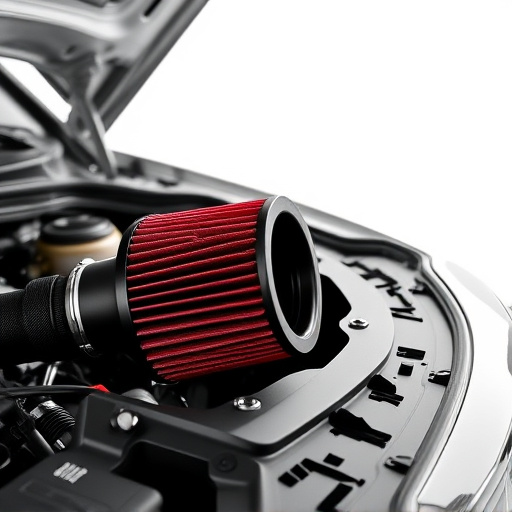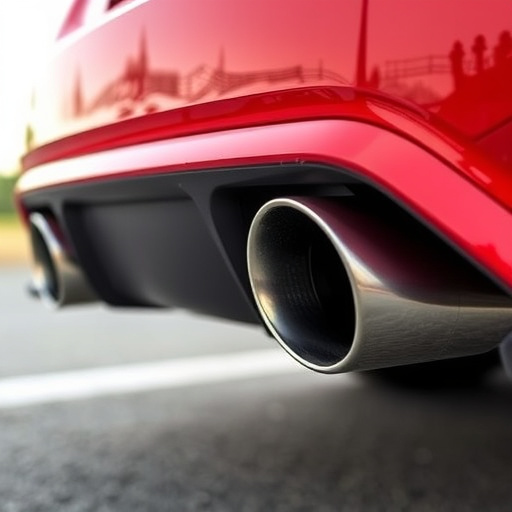A turbocharger system boosts engine performance by forcing more air into combustion chambers using exhaust gas energy to compress incoming air. This forced induction enhances power, torque, and fuel combustion, improving overall efficiency. Optimized intake components and efficient gas venting further enhance system performance, benefiting everyday driving and racing conditions when paired with high-performance brake pads. Advanced technologies and carefully designed air intake systems maximize turbocharger potential, resulting in increased power and efficiency.
“Unleashing the power of a turbocharger system can significantly alter exhaust and intake dynamics, leading to enhanced engine performance. This article delves into the intricate workings of turbochargers and their profound effects on automotive systems. We explore how these forced induction systems improve exhaust efficiency while optimizing air intake. By understanding the principles behind turbocharging, you’ll gain insights into its role in modern engines, making it a game-changer for performance enthusiasts.”
- Understanding Turbocharger Basics: How It Works
- Impact on Exhaust Systems: Enhancing Efficiency
- Optimizing Intake Flow: Turbocharging Techniques
Understanding Turbocharger Basics: How It Works
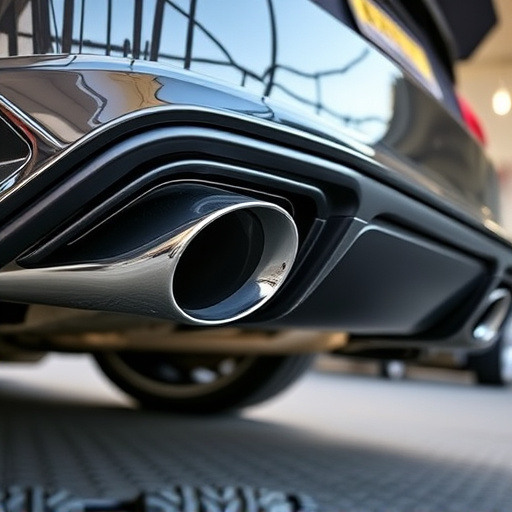
A turbocharger system is a powerful tool that enhances an engine’s performance by forcing more air into the combustion chamber. This mechanism increases the power and efficiency of internal combustion engines, especially in vehicles designed for high-performance driving. At its core, a turbocharger comprises two main components: a turbine and a compressor. The exhaust gases from the engine drive the turbine, which in turn spins a shaft connected to the compressor. As the shaft rotates, it compresses incoming air, delivering it under pressure into the engine’s intake system. This forced induction results in a significant boost in power and torque.
Unlike superchargers that use an electric motor for compression, turbochargers rely on exhaust gas energy, making them more efficient and lighter. The turbine’s speed directly correlates with the amount of air compressed, allowing for precise control of airflow. This system is particularly beneficial for vehicles equipped with cat back exhaust or performance exhaust systems, as it can improve engine breathability and overall performance. Additionally, by optimizing intake components, a turbocharger ensures a steady supply of rich air mixture, enhancing fuel combustion and contributing to the overall efficiency of the turbocharger system.
Impact on Exhaust Systems: Enhancing Efficiency
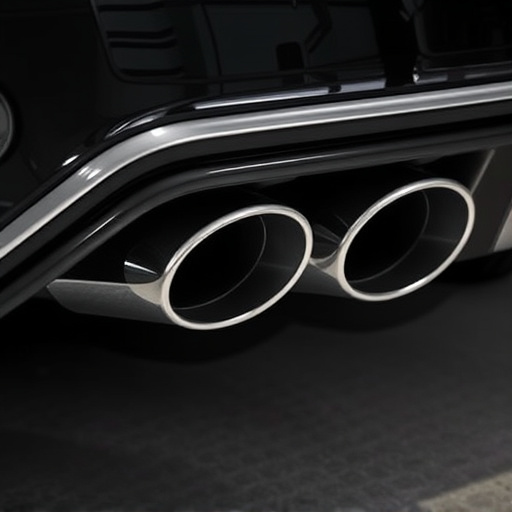
The introduction of a turbocharger system significantly enhances the efficiency of exhaust systems in vehicles. By forcing more air into the engine, the turbocharger increases the overall performance and power output, leading to improved fuel combustion. This results in better torque delivery, especially at lower RPMs, which is beneficial for both everyday driving and racing conditions.
When it comes to exhaust flow, the turbocharger system plays a crucial role in venting gases efficiently. The rapid spinning of the turbine allows for smoother and faster expulsion of exhaust gases, reducing backpressure within the engine. This, in turn, enhances the intake components’ performance by ensuring a constant supply of fresh air, ultimately improving the vehicle’s overall acceleration and response, especially when coupled with high-performance brake pads to maintain control during rapid maneuvers.
Optimizing Intake Flow: Turbocharging Techniques
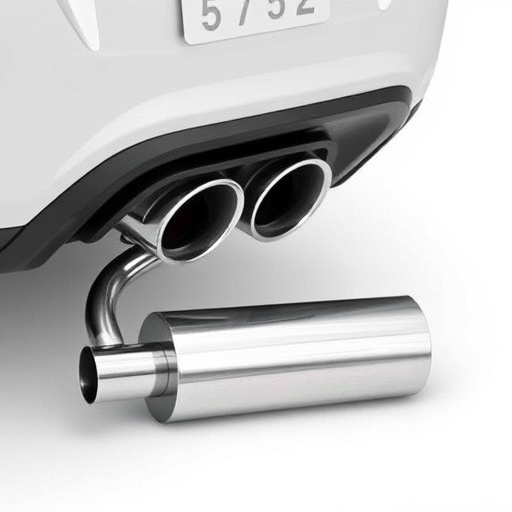
Optimizing Intake Flow: Turbocharging Techniques
One of the primary benefits of a turbocharger system is its ability to significantly enhance the airflow in the engine’s intake process. By forcing more air into the combustion chamber, turbochargers boost power and efficiency. This is achieved through advanced techniques such as variable vane technology and precise timing adjustments. These innovations ensure that the turbocharger operates at peak performance across a wide range of engine speeds, thereby optimizing both low-end torque and high-rev power.
Additionally, modern turbocharger systems often incorporate sophisticated air intake systems designed to minimize restrictions and maximize airflow. This includes the use of cold air intakes, which draw cool, dense air from outside the vehicle, enhancing combustion efficiency. Moreover, integrating a cat back exhaust system can further streamline exhaust flow, reducing backpressure and allowing for more efficient gas exchange, thereby complementing the turbocharger’s performance-boosting capabilities.
The turbocharger system has a profound impact on both exhaust and intake flows, significantly enhancing overall engine performance. By understanding how it works and optimizing these processes, vehicles can achieve improved efficiency, increased power outputs, and better control over emissions. This article has explored the fundamentals of turbochargers and their effects on exhaust and intake systems, highlighting the various techniques used to optimize these crucial aspects of automotive engineering.





